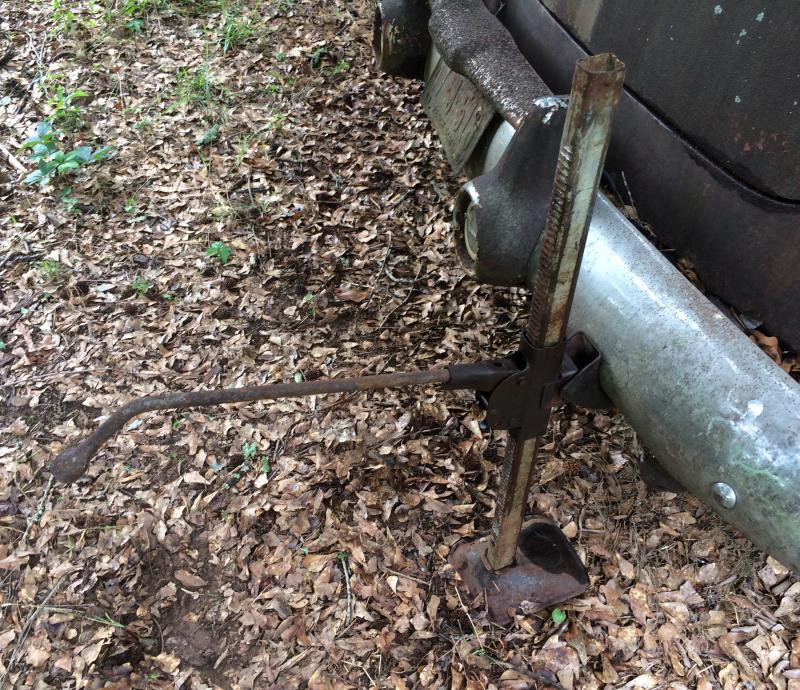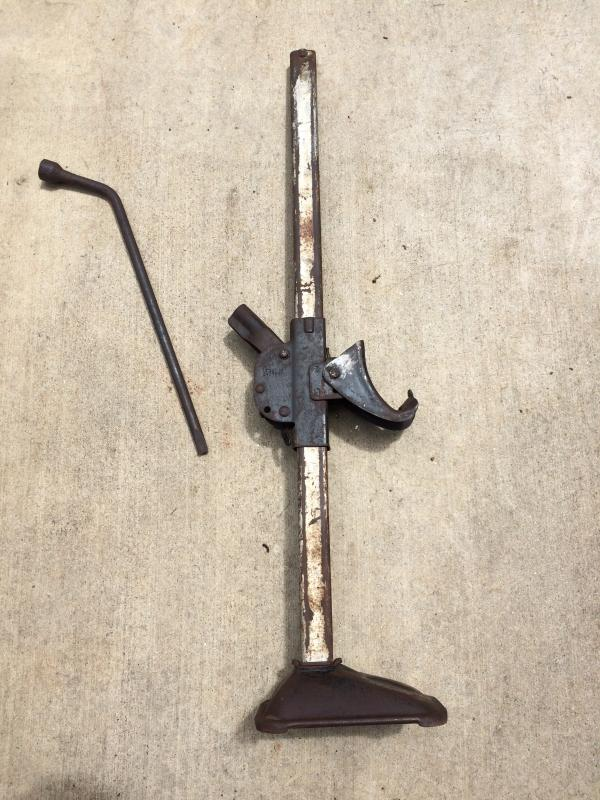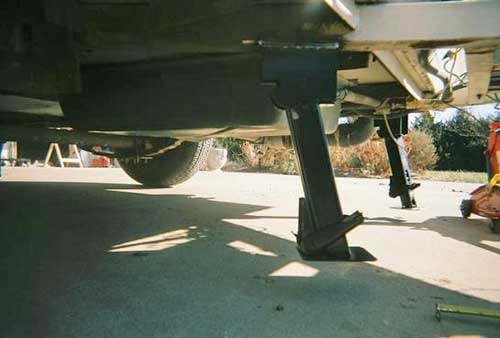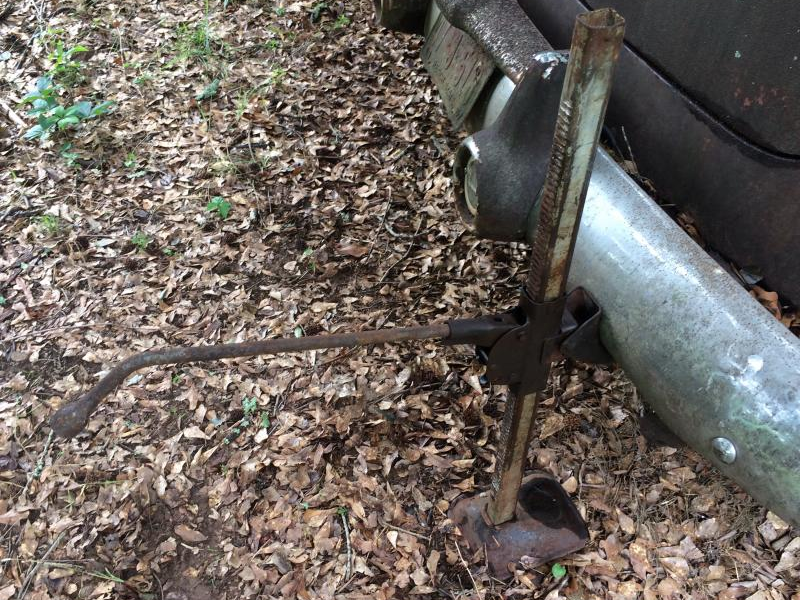In the fascinating world of classic cars, vintage accessories like antique car jacks hold a special allure for collectors. Have you ever wondered how the car jack evolved into the tool we know today? Let’s take a journey through the history of car jacks and discover how to identify those rare antique models that are so sought after.
The Evolution of Car Jacks

Car jacks have played a crucial role in the automotive industry since the very beginning. Their origins trace back to early lifting devices used for wagons and farm equipment, demonstrating that the need for lifting tools predates the automobile itself.
From Wagons to Automobiles
Before cars, people relied on simple jacks to lift covered wagons for wheel repairs. Blacksmiths often provided these essential services. As the horseless carriage took to the roads, flat tires became a common issue, prompting manufacturers to create portable jacks that were easy to use and capable of handling the weight of vehicles.
In 1851, Richard Dudgeon designed the first hydraulic lift, which set the stage for advances in lifting technology. However, it wasn’t until nearly fifty years later that these innovations began to impact the automotive industry directly.
The Early Days of Car Jacks
The first car jacks were often heavy and cumbersome, typically made of cast iron. The early Model T jacks, for example, utilized a single lever system that required a fair amount of effort to operate. Over time, manufacturers refined these designs, incorporating smaller gears and more stable support systems.
The Weaver Auto-Twin Jack
In 1910, the Weaver Auto-Twin Jack was introduced, revolutionizing how mechanics approached auto repairs. This trolley jack could be attached to a vehicle’s axle, allowing for easier lifting. As mechanical trolley jacks evolved, hydraulic floor jacks eventually replaced them due to their superior ease of use and load capacity.
The Rise of the Scissor Jack
The invention of the scissor jack in 1908, credited to Joseph LaFrance, brought a new level of convenience to car owners. This design remains a staple in many vehicles today. By the mid-1980s, scissor jacks became standard equipment in car trunks, especially in smaller imports where space was at a premium.
The Decline of Traditional Car Jacks

Despite their rich history, the future of car jacks seems uncertain. Many modern vehicles no longer come equipped with spare tires, opting instead for tire monitoring systems and run-flat tires. This shift has diminished the relevance of traditional car jacks in everyday use.
Identifying Antique Car Jacks
Collecting antique car jacks can be a rewarding hobby, but identifying genuine antique models requires some expertise. Here are several tips to help you spot a valuable piece.
Look for a Trademark or Logo
Start your search by examining the jack for any manufacturer labels or logos. Brands like Barrett or Hi-Lift often have identifiable stamps. Serial numbers can also provide valuable information. If you’re unsure, consider posting photos online to seek help from fellow collectors.
Examine the Construction Material

Antique jacks were often made from cast iron or wood. Inspecting the material can offer clues about the jack’s age. Look for signs of rust or wear, which can indicate authenticity. A pristine condition is rare for genuine antiques.
Check for Date Codes and Condition
Many jacks, especially those from Mustangs manufactured after 1967, will have date codes stamped on them. If there’s no visible date code, you might be looking at a pre-1960s design.
Also, evaluate the overall condition of the jack. A fully functional jack typically holds more value. Pay attention to the gears, levers, and any external casing. Antique wooden jacks can still be quite appealing even if they show wear.
Inspect Threads, Seals, or Rings
Older jacks often used wax rings instead of modern rubber seals. If you notice hydraulic components that look too new, it may indicate that the jack has undergone repairs that could diminish its value.
Market Value of Antique Jacks

So, what’s the price range for antique jacks? Many can be found for under $100, while rare models can fetch more than $500. Research is essential before making a purchase, and consulting classic car appraisers can help you understand the true value of a jack.
Should You Recondition an Antique Jack?
Reconditioning an antique jack can be worthwhile, but proceed with caution. Avoid over-cleaning or repainting, as these actions can reduce the item’s historical value. Original condition often holds more appeal among collectors, especially for jacks from the early automobile era.
The Timeless Appeal of Antique Car Jacks
In summary, the history of car jacks is as rich and varied as the automobiles they support. From the early designs used for wagons to the sophisticated hydraulic models of today, these tools have evolved significantly. By understanding their history and learning how to identify genuine antiques, collectors can appreciate the craftsmanship and innovation behind these essential accessories. Whether you’re a seasoned collector or a curious enthusiast, the journey through the world of antique car jacks is bound to be rewarding.


